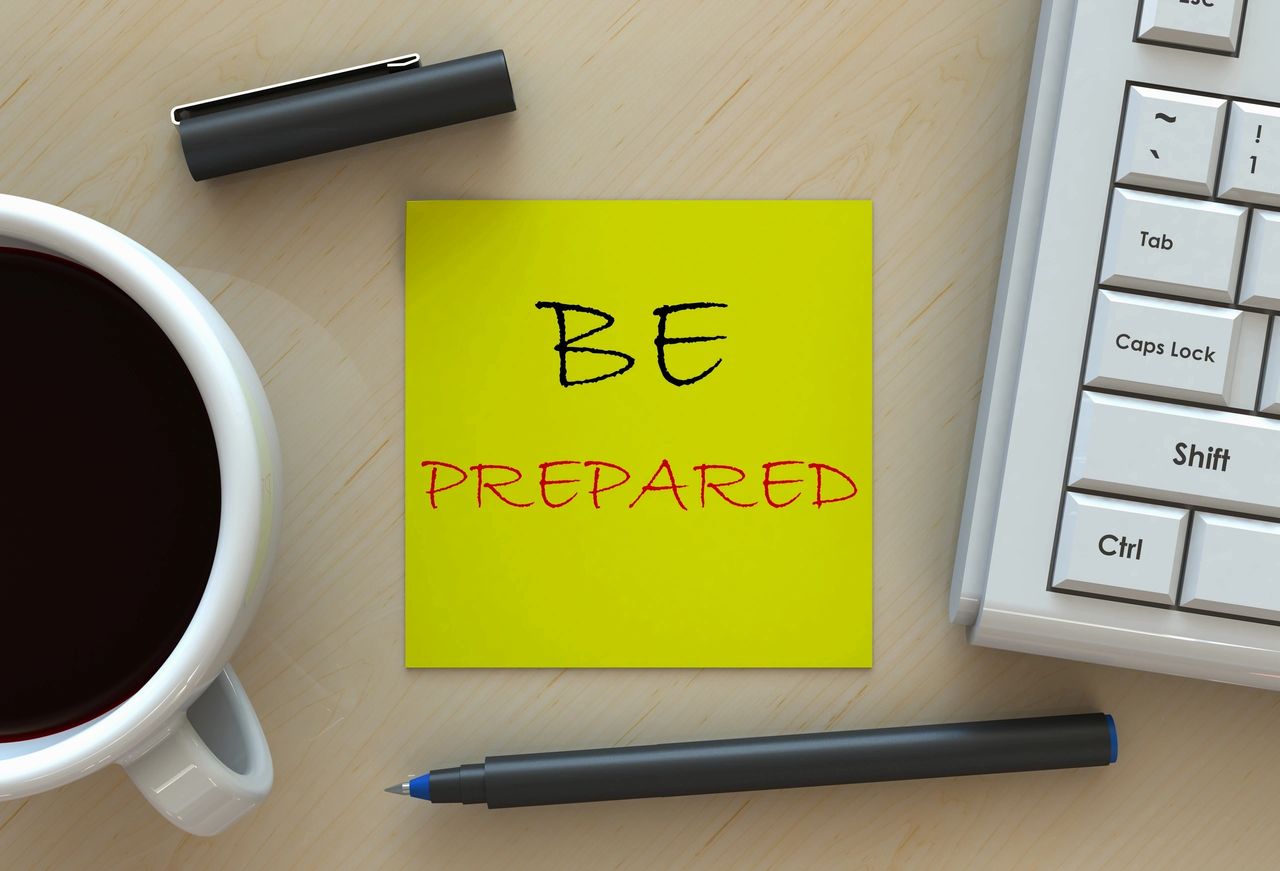Getting Back to Normal – Recovery Planning

During the period of self-distancing and the “safer at Home” posture here in Los Angeles, it should come as no surprise to anyone that many people I have spoken with are eager to roll up their sleeves and get right back to working immediately after our bout with COVID-19 and when the restrictions are lifted.
Many unfortunately have lost their jobs or have been furloughed and many are struggling financially, to include small business owners. Secure Measures, like most small businesses has felt the effects of the current pandemic, both positive and negative.
Luckily, preparedness and planning has allowed us to mitigate the impact to our business during this pandemic situation.
We are certainly grateful to still be working, operational and helping clients through some very trying times.
Many are eager to have more consistent human contact, see the economy come roaring back and get back to what all of us would consider to be “normal”. But going back to a “normal” state, requires evaluating what happened and preparing for future events. That is what business resiliency planning is all about.
So, what is business resiliency planning and what can be done?
Business resiliency planning (BRP) / business continuity planning (BCP) is a process is which an organization identifies known threats and risks to an organization’s essential functions. The organization then implements mitigations to those known risks to prevent business disruptions and to ensure continued operations and service delivery. As an example, known threats and risks can be anything from a power outage to a natural disaster or a cyber-attack amongst many others.
In order to achieve better future business resiliency, there a certainly few things that can help to better recover from this current pandemic situation. This list is not all inclusive, but a good starting point to build off of. The three things you should do begin to do now are:
1. First capture all of the data. There are many data points that can and will be useful to the organization moving forward. The need to document activities is critical due to the factor that rapidly evolving situations will likely have a lot of moving parts, and you won’t remember everything that happened each day/week/month etc.
Some data that can certainly be of use includes financial data such as profit and loss, funds spent on emergency activities or services etc. during the pandemic. This will help craft your current and future financial picture. To be clear, planning efforts are based on, in some cases, assumptions. Forecasting based on current data as well as other inputs will allow for you to estimate and make educated assumptions about certain aspects of your business.
Other data points such as plans or procedures that were implemented as a result of shelter in place and social distancing and how that impacted your employees, customers, business or organization. Looking at what plans were already in place vs ad hoc plans that were developed “in-flight” can help see what worked and what didn’t, as well as what needs to continue.
Capture what systems are working well and what has or did not work. Communicate with staff and employees and get their feedback about what worked or didn’t work well for them. Solicit this information from different programs or business units within the organization to capture the most holistic view of what occurred overall.
Review your strategic plan with the current activities…see what plans or programs have been impacted. The bottom line here is to capture as much data you deem relevant to your specific business, industry or vertical to make informed decisions about how to move forward.
2. Start forward planning activities. Your business or organization should be planning right now for what a return to “normal’ operations will look like. Planning in 30/60/90/120-day increments and, in some cases, as I have suggested to some of my clients right now, planning through to at least December.
Having a general plan will help ease some stress and give you a basic roadmap to use to help guide recovery measures. There will be many variables that may have an impact here, so making educated forecasts based on the data you have collected will help guide decisions. Plans should remain flexible to allow you to pivot should conditions change without causing too much disruption.
Also having a plan and communicating that plan helps your employees, customers, clients etc know what they can expect from you and allows them to also engage in their own individual planning.
3. Plan an After-Action review. This is a must do for any organization and is a great opportunity to evaluate the overall preparedness, response and recovery of the organization. The after-action review will likely highlight gaps and vulnerabilities that can be used to formulate future preparedness and response activities.
Out of your after-action review you will have a good amount of data from this incident, the good, the bad and the ugly. This data will be helpful in creating a Business Impact Analysis going forward. Businesses of any size need to ensure they understand the potential future risks they face and how to put systems or processes in place to eliminate or mitigate the impact of those threats and risks. These can of course include financial risks. The main idea is to ensure your business or organization can continue to carry out its essential functions and ensure service delivery to customers and clients after a business disruption.
It is very clear that none of us have really liked what has happened in the last couple of months and has impacted everyone in different ways. It is likely another situation will arise that will again impact us as a society. Our history is filled with blatant examples of natural disasters, terrorist attacks, pandemics and other hazards from all around the country and all around the world that have impacted us in a variety of ways.
But in our eagerness to get things back to “normal”, we may lean towards forgetting about the past and just moving on.
In some cases, that might be a great way to deal with the situation. But not for a business.
“Those who cannot remember the past, are condemned to repeat it”- George Santayana
We can no longer ignore known threats and risks and continue to believe that bad things will not happen. Acknowledging, understanding and being prepared to deal with business and life disruptions is a prudent measure, not a paranoid mindset. Hopes and wishes are not a viable planning strategy.
We should certainly strive to look forward at possibilities and goals we would like to achieve after this situation is over. But looking back and taking the time to evaluate your own response and recovery from what occurred is certainly a great opportunity from a learning standpoint. Better understanding your business model, understanding what essential functions keep your business going, diversification of streams of income and preparing, in general, for disruptions of all kinds can be beneficial in the long run.
As we always say “Be Responsible. Be Proactive. Be Prepared”.
Be safe out there!!
For further information on business resiliency/business continuity please give us a call at 310-507-1493 or email us at inquiry@secure-measures.com.


